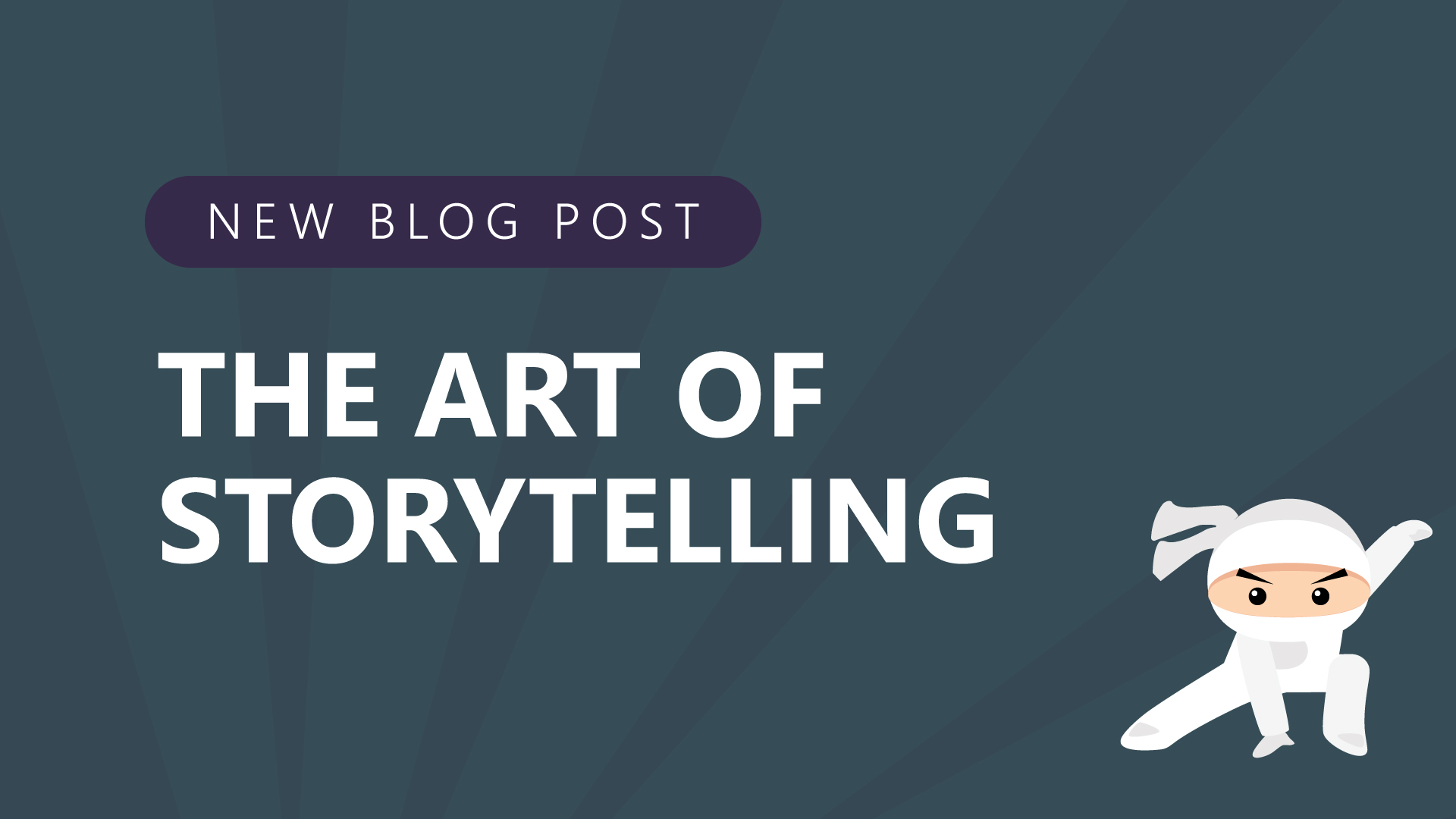Storytelling is meant to be a means of connection. It’s a way to communicate that makes a message memorable.
In episode #441 of Negotiations Ninja, master storyteller Matthew Dicks shared how to gather moments from your life that you can transform into stories.
But how do you tell a compelling story? What details are important? Matthew points out that it’s actually not in the details…
Why location and action are important
Location and action are the two important elements in a story. Why?
Because every location is imbued with a thousand adjectives. Matthew prefers nouns for which there are already adjectives attached. When Matthew says “I’m driving up Francis Avenue in 1977” he knows that you will imagine your own version of Francis Avenue.
Your version is complete. You’ll see it clearly, even if it’s not the reality. That doesn’t matter. The year tells you what the cars, clothing, and location look like without him having to actually describe any of it.
Secondly, you want your stories to start with action. People need to be put in a place or time where something interesting happens. Matthew avoids details unless they’re relevant to the story.
People always say the color of someone’s eyes in stories yet the color of someone’s eyes is usually entirely irrelevant. Instead of saying a woman has “piercing blue eyes” say she’s “The most beautiful woman I ever saw.”
This allows the reader to create this person in their own minds. It also means they don’t have to keep track of details because that character is already fully realized.
According to Matthew, “The power of imagination is always more powerful than any collection of words that we can assemble.”
How to weave stories into conflict resolution
Hostage negotiators need to keep someone talking as long as possible to avoid people getting hurt. The goal is to get the person to keep talking until they get hungry, tired, or make a mistake that allows law enforcement to take advantage of the situation. To do this, you have to be someone who can quickly establish trust.
There are small tactics you can use to tell a story to connect to people. If Matthew goes to an event, he lets people know as quickly as possible that he’s a parent because it leads to an instant connection. He’ll always let someone know he’s married because a married man is safer to a woman than an unmarried man.
There are small things you can drop into conversations that tell little stories about yourself. Matthew loves to golf, has two cats, and teaches kids all day. Those small details can change the way people view you. People want to see you as human.
Find a way to drop a little bit of yourself into a conversation so you can tell a story, connect to people, and get them to believe in you.
How to make your story more
You have to start at the end of the story. What does the story mean to you? People tend to talk about the events of their life in chronological order. But no one wants to hear that. When you start with the end in mind, it gives you a better idea of what you need to say in your story and the direction to take so that it’s more impactful.
Listen to episode #441 of Negotiations Ninja to learn how to turn what seems like mundane moments in your life into a story with meaning.

